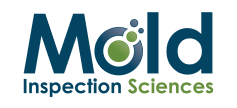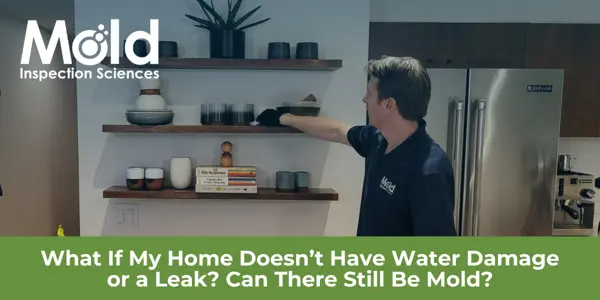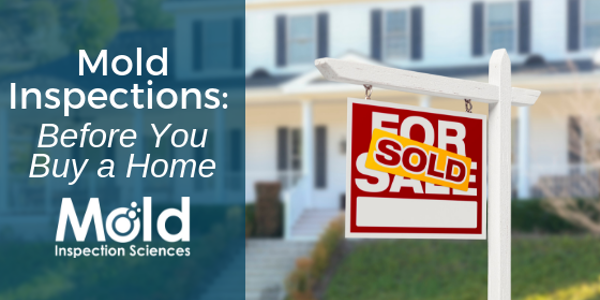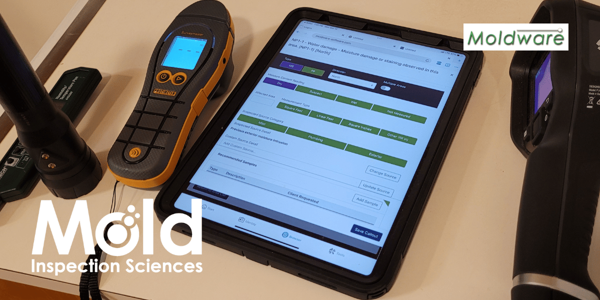Will My Homeowner's Insurance Cover a Mold Problem?
It’s natural to ask: “Will my homeowner insurance cover mold damage?” Unfortunately, the answer isn’t straightforward.
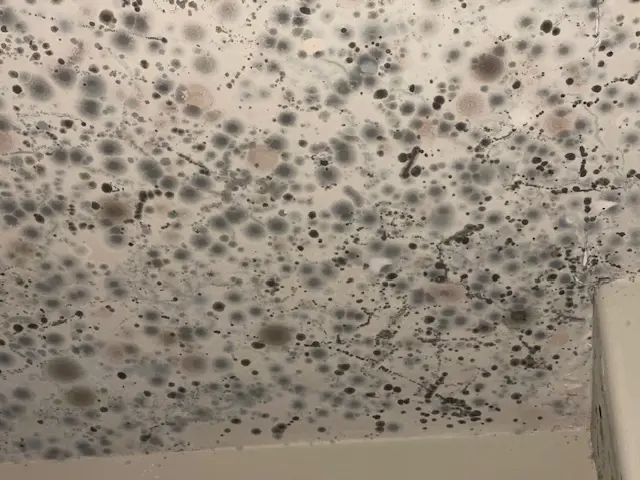
As a homeowner, the thought of discovering mold in your home can be overwhelming. Beyond the musty smell and potential unsightly patches, mold can lead to expensive repairs and possible health concerns. In this blog, we’ll break down what you need to know about homeowner's insurance and mold coverage so you can protect your home, your family, and your peace of mind.
Understanding Mold and Insurance Coverage
Mold coverage under homeowner insurance is not straightforward. Policies vary, and understanding the factors that influence coverage is crucial. Here’s what you need to know:

1. The Cause of the Mold
Insurance coverage often hinges on the source of the mold. Most policies only cover mold damage if it results from a peril, such as:
- A burst pipe caused by freezing temperatures
- Roof leaks due to storm damage
- Overflowing appliances like dishwashers or washing machines
However, most insurance companies will deny the claim if the mold stems from neglect, such as an untreated roof leak or poor home maintenance. Preventive care and immediate action when issues arise are critical.
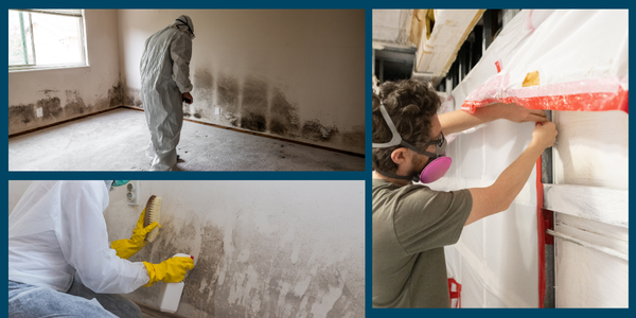
2. Mold Endorsements
Standard homeowner insurance policies typically exclude mold remediation, but some insurers offer mold endorsements. These optional add-ons provide limited coverage for mold damage, often up to a predetermined amount (e.g., $10,000).
Mold endorsements are especially useful in humid or flood-prone areas with a higher risk of mold growth. Remember that even with a mold endorsement, coverage is often limited to mold caused by something specific, like those we touched on above. It’s important to review your policy and consider adding a mold endorsement if you live in a high-risk area.
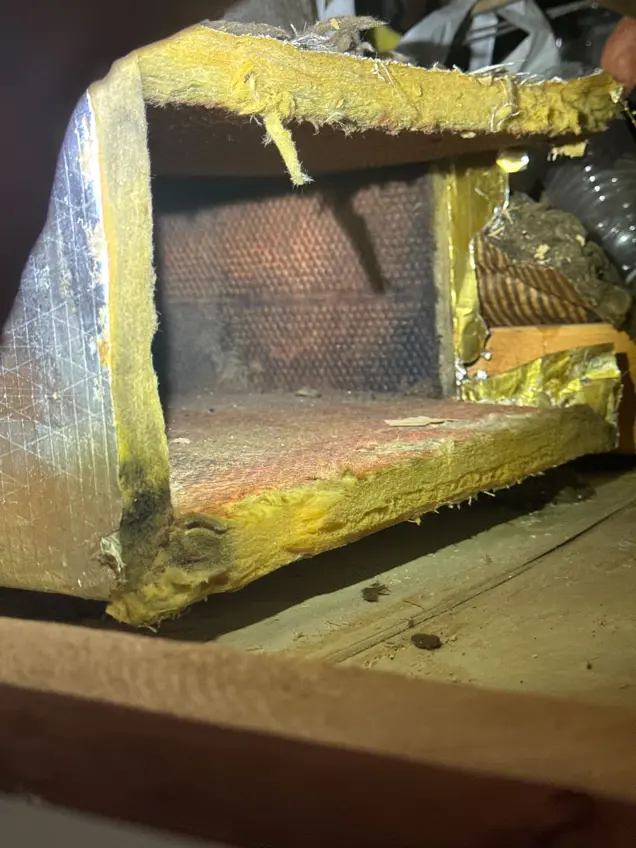
3. Location of the Mold
Where the mold is located can also impact whether it’s covered. For example:
- More Likely to Be Covered: Mold visible on walls or ceilings caused by a covered event.
- Less Likely to Be Covered: Mold hidden in hard-to-reach areas, such as inside HVAC systems or behind walls, as identifying and remediating these areas often falls outside standard policy terms.
Insurance providers may require evidence that the mold was discovered and addressed promptly, so regular inspections and maintenance are essential to keep in mind.
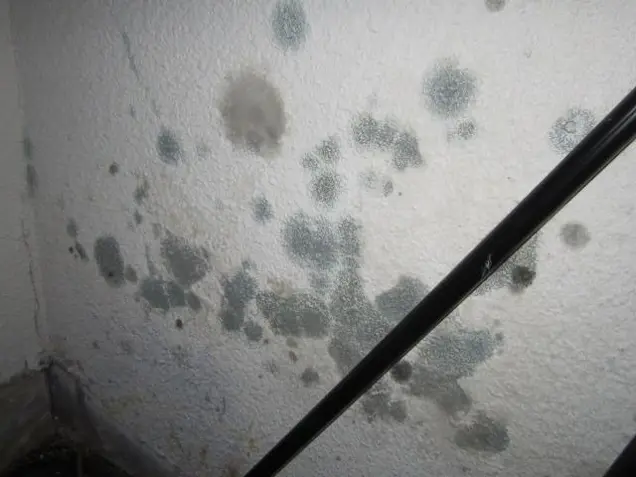
4. Type of Mold
Contrary to popular belief, most insurance policies don’t differentiate between types of molds, such as toxic black mold (Stachybotrys) or non-toxic molds. Coverage decisions are based on the event that caused the mold, not the mold’s specific classification. Regardless, all types of molds should be addressed promptly.
Proactive Prevention
Prevention is always better than remediation, especially when it comes to mold. Here are some recommendations to help reduce the risk of mold growth in your property:
- Address water issues immediately: Fix leaks, dry flooded areas, and repair roof damage without delay.
- Control indoor humidity: Keep humidity levels below 60% by using dehumidifiers and ensuring proper ventilation in high-moisture areas like bathrooms and kitchens.
- Inspect vulnerable areas: Check basements, attics, plumbing fixtures, and crawl spaces regularly for signs of moisture or mold.
- Invest in proper drainage: Ensure gutters and downspouts direct water away from your home’s foundation.
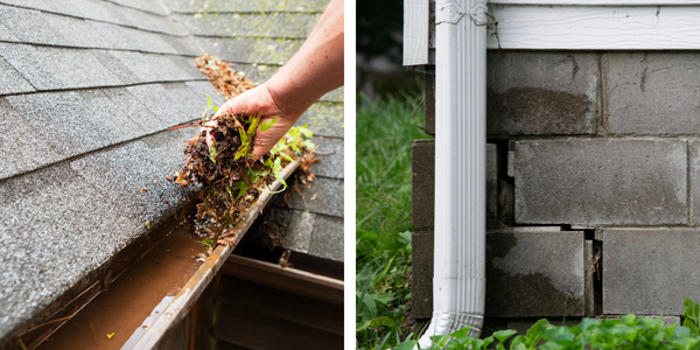
How a Qualified Mold Inspection Company Can Help
A certified and professional mold inspection company plays a key role in ensuring you receive accurate information to support your insurance claim and protect your property.
Working with a company that does not perform mold remediation, like Mold Inspection Sciences Texas, ensures there’s no conflict of interest. Their sole focus is to assess and document the situation, providing unbiased results you can trust. Here’s how they can help:
- Thorough Inspections: Certified mold inspectors use advanced tools, such as moisture meters and thermal imaging, to detect mold-like growth—even in hard-to-reach or hidden areas, like behind walls or within HVAC systems.
- Comprehensive Reporting: A qualified inspector will provide a detailed report, complete with photos and lab results. This report is crucial for submitting an insurance claim, as it documents the extent of the mold problem and its likely causes.
- Identifying the Cause: Inspectors can determine whether the mold resulted from a sudden, covered event (such as a burst pipe) or long-term neglect, which could affect your claim.
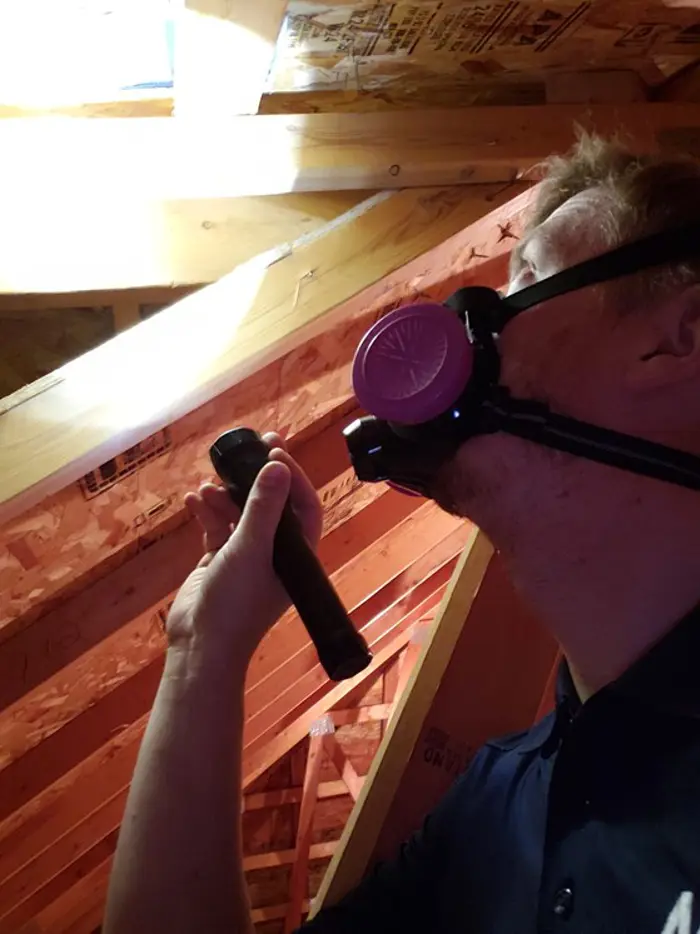
If you suspect that there may be mold present in your home — or you have questions about what to look for and what comes next. We’re here to help.
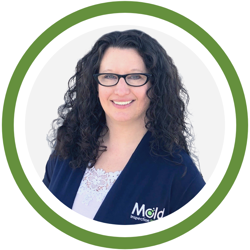
Call us on 1.800.619.6653 or send us email at [email protected]
You can also find more information about our CIRS Protocol and qPCR testing here.
Bottomline
Navigating homeowner insurance for mold coverage can be complex but being informed and proactive makes all the difference. Protect your home and family by understanding your policy, addressing issues promptly, and scheduling regular inspections to prevent mold problems before they start.
